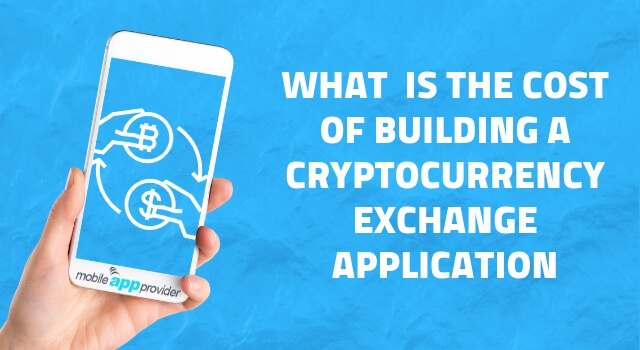
You must have heard the popular catchphrase- “data is the new oil”, it’s now so commonly used that it often betrays its true meaning. But in this context, there couldn’t be a better comparison. If data is the new oil, every application is an oil rig and the number of users an application has essentially represent its reserves. If all of this sounds confusing, let’s take a step back and try to look at the larger picture. When we talk about app monetization models, there are basically three strategies that businesses explore:
Give the app for free and earn through ads Charge an upfront payment or subscription Mix both- offer some services for free and charge for others- often called freemium model.But there is also a fourth option- app data monetization. The thing is, technologies like Big Data and Data Mining has transformed how businesses formulate their strategies, improve their products, or market their services. And as you may already know, AI and mining offer reliable projections only on large amounts of data. So where does all data come from? This is where mobile apps step in.
How to use data monetization
1. Enhance userbase
Like we said earlier, userbase is like an oil rig- the bigger you have, the more oil (data) you can pump and the more cash you can generate. So unless you have at least 50,000 daily active users, you are unlikely to generate any meaningful data worth monetization.
2. Contact intermediaries
Once you hit that mark, contact intermediaries who would then source your data to various data collectors. You can, of course, contact data collectors directly but they might guarantee full monetization of your data.
3. Insert SDK
Once a deal is done, you’ll have to insert their SDK in your app but don’t worry those SDKs work in the background and do not affect your app performance or experience.
4. Collect checks
Once your app starts sending data, you can collect paychecks. The value of your data depends on many factors like demographics, geography, and more.
Key benefits of app data monetization:
Compatibility with other monetization models
For instance, you can’t sell ads in premium model but you can still monetize their data.
It monetizes 100% of users
That is, neither all users would purchase subscription nor would everyone click on ads but data of all users can be monetized.
Minimal effort is required
Data collectors offer their own SDKs and thus developers do not have to spend additional efforts for monetization purposes.
Repeated monetization of same users
Once a user purchases an app, they lose their value to the businesses. But in data monetization, their data can be sold repeatedly- hence improving profit margins.
All these benefits can easily offset the app development cost and set businesses on the path to profitability but there are also a few factors that would need to be taken care of.
Bad publicity
If you have been following news lately, you must have come across the Cambridge Analytica scandal that harvested personal data of millions of Facebook users to swing elections. That’s led to quite an outrage at both policy and consumer level. So when you do go ahead with data monetization, make sure:
- > You do not collect personal information
- > You comply with GDPR policy
- > Explicit user consent is obtained
Now if you hire any trusted app development firm, you don’t really need to worry about such challenges for they carry ample experience in handling such technicalities. Also, because data monetization is viable only after your app builds a stable user base, such firms can offer valuable marketing expertise for the initial takeoff.








